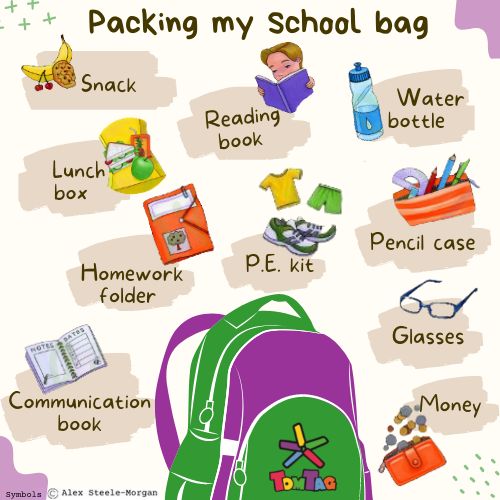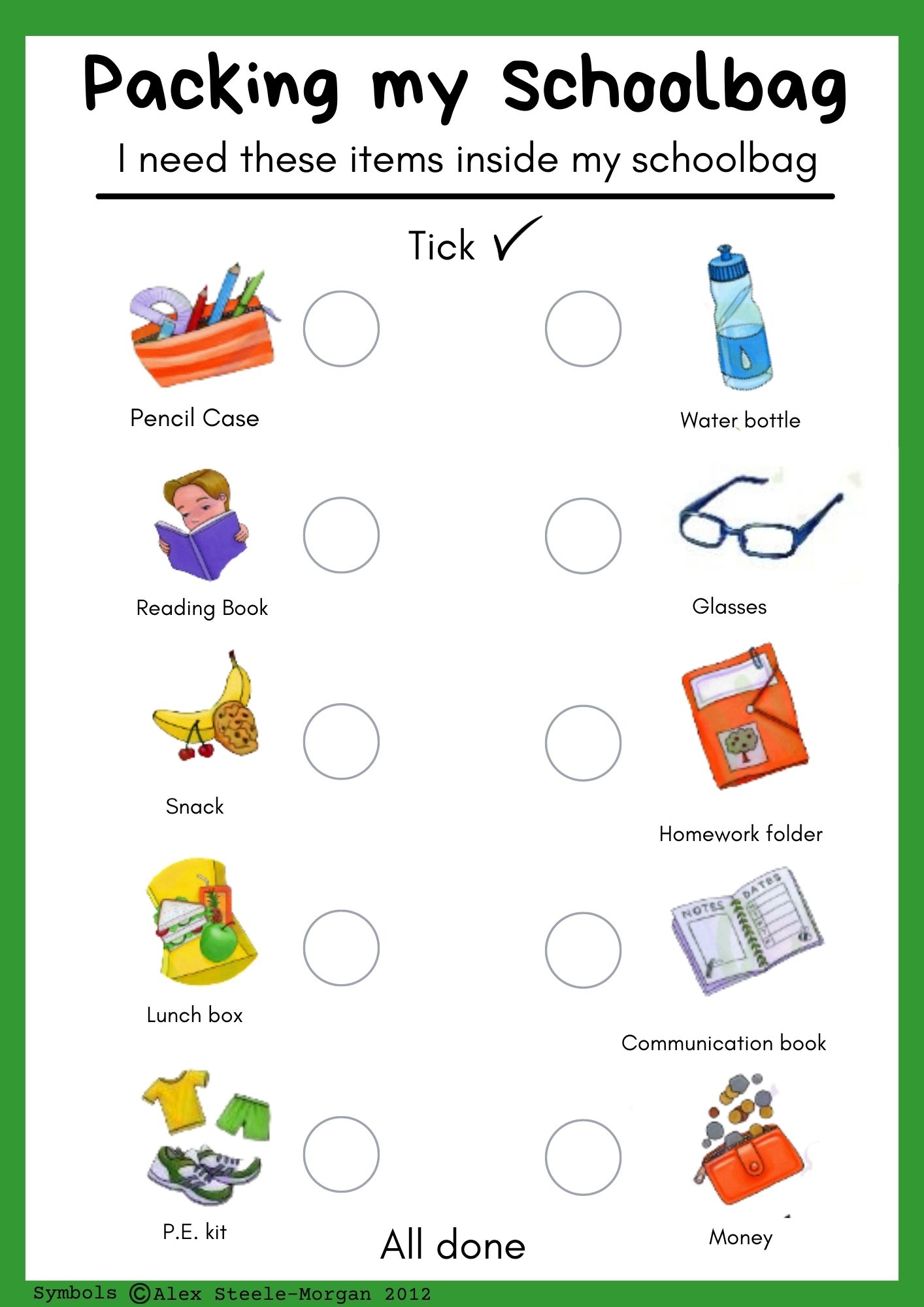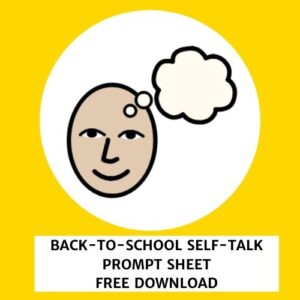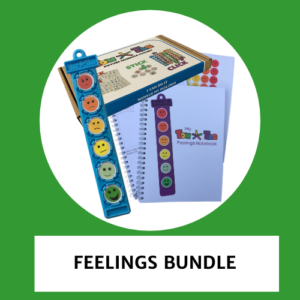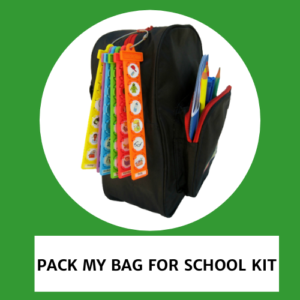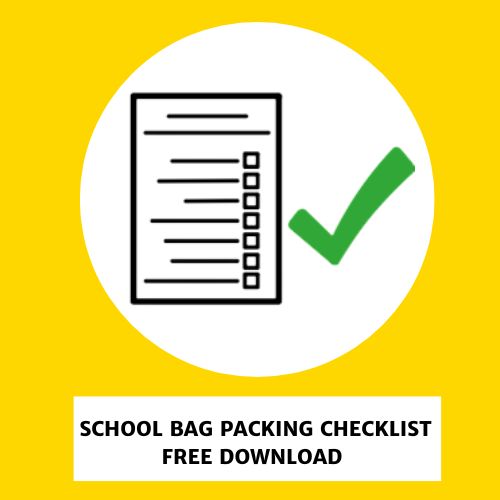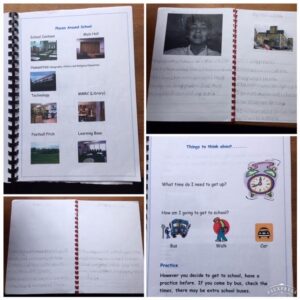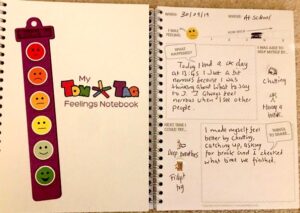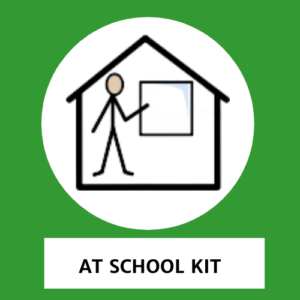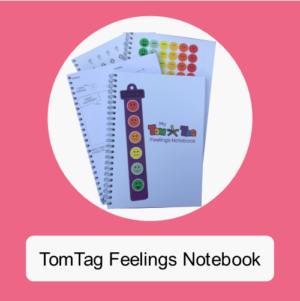
“TomTag has made a positive difference for staff and pupils at my school”. Susi, Inclusion Leader at a mainstream primary school
Find out how TomTag made life easier for Susi and her pupils…
Why do we need visual supports at my school?
Many children at my school are anxious about transitions and struggle with describing their feelings and emotions.
Using visual timetables to show the children their routines makes their school day more predictable. As a result, they feel less anxious, which increases positive behaviour making teaching less stressful. In addition, visual support to communicate feelings and emotions makes it easier for staff to recognise and respond to the children’s needs.
What we did before using TomTag
Before we used TomTag, staff used a variety of visual supports, including ‘home-made’ visual timetables, picture cards and whiteboards. This ad hoc approach was not ideal. Making picture timetables and cards was time-consuming for staff, and the whiteboards were too bulky for the children to carry around. This meant the boards were often not to hand when visual support was most needed.
How we use TomTag
 Every classroom has a First-Then kit, which we use as a visual timetable to help children know what is happening during their day and encourage them to complete tasks using simple First-Then-Next visual prompts.
Every classroom has a First-Then kit, which we use as a visual timetable to help children know what is happening during their day and encourage them to complete tasks using simple First-Then-Next visual prompts.
 Every staff member wears a Share How I Feel tag on a lanyard around their neck. This feelings tag has six colour-graded feelings faces, which we use to explain feelings and emotions visually and support the children in identifying their feelings and emotions.
Every staff member wears a Share How I Feel tag on a lanyard around their neck. This feelings tag has six colour-graded feelings faces, which we use to explain feelings and emotions visually and support the children in identifying their feelings and emotions.
How TomTag has helped
Both staff and pupils find TomTag very helpful. The teachers find it quick and easy to set up TomTag. They don’t have to waste time printing and laminating pictures.
The older children in Years 3-5 enjoy setting up their own First -Then TomTags. It is a fun activity, and they love clicking the buttons in and out of their tags! In addition, being involved in setting up their TomTags means they find it more motivating to use them.
Children don’t like to feel that they are different. TomTag is excellent because they are discrete compared with whiteboards. Children can check their timetable independently without drawing attention to themselves.
The feelings tag works well to help teach and model abstract feelings and emotions. For example, a teacher can say, ‘I’m feeling quite sad now’ whilst pointing at the appropriate colour-graded feelings face and then ask a child, ‘I can see you’re feeling red. You must be upset.’
We already use the Zones of Regulation, a framework that uses colours to help children identify their feelings. But what staff like about the TomTag feelings tag is that it is easily accessible and can be used with children when needed, either in the classroom or outside. The children also find the TomTag feelings tag easier to understand than the Zones.
I think TomTag is an excellent resource for schools, it has made a positive difference for both staff and pupils at my school, and I would highly recommend it.
Want to try TomTag at YOUR school?
 Would you like to try a First -Then At School Mini Kit and Feeling Tag in your school?
Would you like to try a First -Then At School Mini Kit and Feeling Tag in your school?
Email Clare@orkidideas.com to request a FREE sample pack for your school.



